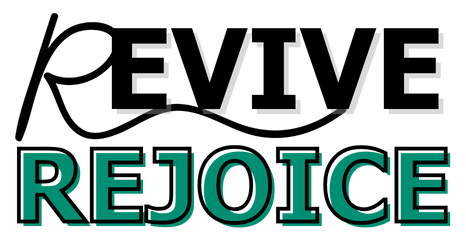The Top Wellness Trends for Seniors in 2025: A Guide to Evidence-Based Longevity and Avoiding AI Health Scams
In 2025, senior wellness has evolved from superficial anti-aging promises to a powerful focus on “functional longevity” and extending your healthspan.
The maturing Silver Economy now offers evidence-based innovations from “social prescribing” to predictive AgeTechn that actively support independence and vitality. However, this digital progress brings new risks, as sophisticated scammers exploit AI and health trends to target older adults.
This guide serves as your essential roadmap, rigorously separating scientifically proven health strategies from dangerous, high-tech frauds like voice cloning and fake supplements.
Here, you will find the actionable, expert-backed insights needed to navigate this complex landscape safely, empowering you to embrace the future of aging with confidence and security.
🧭 The 2025 Wellness Compass: Real Breakthroughs vs. Red Flags
✅ Validated Trends (Green Light)
🩺 Functional Mobility
Focuses on “prehabilitation” and building core strength, balance, and grip strength. It’s about maintaining physical function for longevity, not just aesthetics.
🌳 Social Prescribing
Healthcare professionals “prescribe” non-medical activities like park visits, art classes, or community groups to combat social isolation and improve mental well-being.
⌚ Wearables 2.0
Next-gen wearable devices that proactively analyze gait and movement patterns to predict potential falls *before* they happen, rather than just reacting to an impact.
🦠 Synbiotics
Advanced gut-health protocols combining prebiotics (food for good bacteria) and probiotics (beneficial bacteria) to support immunity, brain health, and overall longevity.
🚨 The “Red Flag” Traps
💊 The “Mitolyn” Effect
Deepfake videos of famous personalities (like Elon Musk, Oprah) promoting “miracle” anti-aging pills that promise impossible results with no scientific backing.
🧬 Genetic Testing Fraud
“Free” DNA swab kits offered at health fairs or online. These scams steal personal information and Medicare numbers, often billing for unnecessary tests.
💻 The “Phantom Hacker”
Aggressive pop-up messages on computers claiming your bank account has been hacked and instructing you to immediately transfer money to a “safe” (scammer-owned) account.
🗣️ AI Voice Cloning
Scammers use AI to clone the voice of a loved one (e.g., a grandchild) in a phone call, fabricating an emergency (like needing bail or hospital money) and demanding wire transfers.
Executive Overview: The Demographic and Digital Convergence

The year 2025 marks a definitive inflection point in the global approach to aging. We are witnessing the maturing of the “Silver Economy,” a demographic inevitability that has finally intersected with the requisite technological and social maturity to support it.
However, this landscape is characterized by a stark dichotomy. On one side lies an optimistic frontier of evidence-based wellness, where “social prescribing” rivals pharmacology in importance, and “AgeTech” provides a digital safety net that allows for unprecedented independence.
This report offers an exhaustive, expert-level analysis of the senior wellness sector in 2025. It dissects the legitimate, evidence-based trends that are tangibly improving outcomes, contrasts them with the proliferation of scams targeting the aging population, and provides a strategic framework for navigating this complex ecosystem.
The New Physiological Paradigm (What Works)
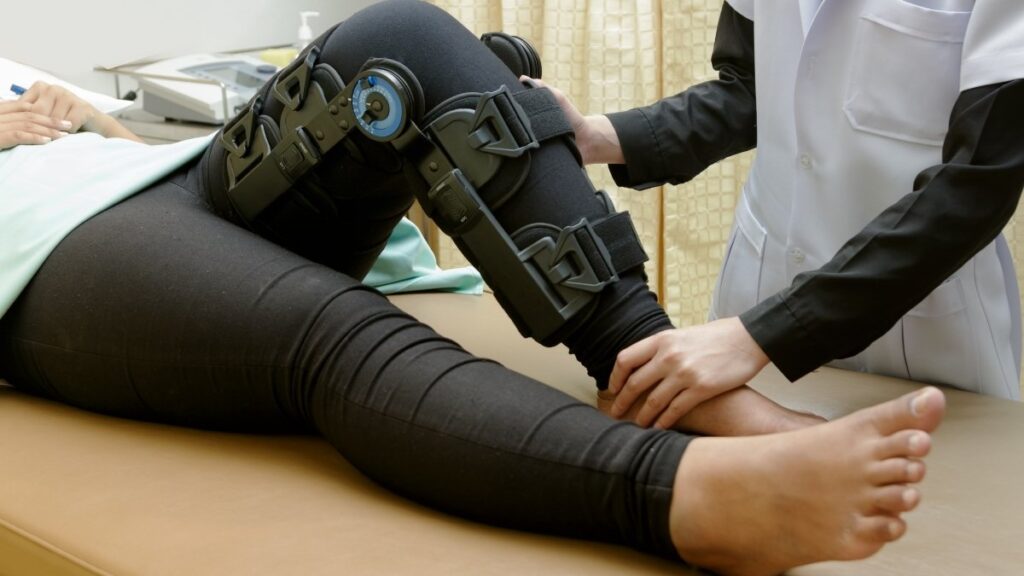
The wellness paradigm for 2025 has transcended the superficial “anti-aging” label, which often focused on aesthetics, to embrace “functional longevity.” This new paradigm prioritizes biological resilience, metabolic health, and mobility.
The interventions gaining traction are those that are measurable, scalable, and rooted in clinical efficacy.
1. The Renaissance of Functional Fitness and Mobility
The fitness industry’s approach to the senior demographic has matured significantly. In 2025, the focus has shifted from generic “light exercise” to targeted protocols designed to combat sarcopenia (muscle loss) and dynapenia (strength loss), which are the primary precursors to frailty and dependency.
From Esthetics to Biomechanics

The dominant trend in senior fitness is “mobility work,” a discipline that sits at the intersection of strength training and physical therapy. This is not merely about flexibility; it is about the neurological control of movement through a full range of motion.
Search volume data indicates a surge in interest for terms like “functional strength” and “mobility work,” reflecting a consumer base that prioritizes the ability to perform daily tasks—gardening, playing with grandchildren, climbing stairs—over aesthetic metrics.
Clinical Context: The American College of Sports Medicine (ACSM) identifies fitness programs for older adults as a top three trend for 2025. This is driven by a growing body of evidence suggesting that high-intensity, low-impact training is superior to steady-state cardio for preserving bone density and metabolic health.
Aquatic HIIT: A prime example of this evolution is Aquatic High-Intensity Interval Training (AHIIT). Traditionally, water aerobics was viewed as a low-effort activity. In 2025, aquatic environments are being used to facilitate high-intensity efforts that would be unsafe on land due to joint impact.
This allows seniors, particularly women with osteopenic concerns, to access the cardiovascular benefits of interval training while mitigating fall risk.
Somatic Movement: There is a profound integration of mind-body practices. Yoga and Pilates have been adapted into “somatic” variants that emphasize internal physical perception.
“Chair yoga for seniors” and “somatic yoga” have seen massive increases in search volume, indicating a democratization of these practices beyond boutique studios into home-based digital consumption.
The Shift to “Prehabilitation”

A subtle but critical shift in 2025 is the move toward “prehabilitation”—training designed to prepare the body for future stressors, such as surgery or the natural aging process.
Strength training with resistance bands and lighter weights is now standard recommendation, not for building bulk, but for maintaining the “physiological reserve” required to recover from illness.
This aligns with the broader medical trend of “Exercise in Cancer Treatment,” where physical activity is prescribed as an adjuvant therapy to improve chemotherapy tolerance and recovery outcomes.
2. The Gut-Brain Axis and Nutritional Precision

Nutrition in 2025 has moved beyond the simplified “calories in, calories out” model to a nuanced understanding of the microbiome.
The “gut-brain axis”—the bidirectional communication network between the enteric nervous system and the central nervous system—is now understood to be a primary lever for influencing immunity, cognitive health, and emotional well-being in older adults.
The Microbiome as a Longevity Organ

The aging gut undergoes distinct changes, often referred to as “dysbiosis,” which correlates with “inflammaging”—the chronic, low-grade inflammation associated with aging.
Targeted Synbiotics: The market has moved beyond generic probiotics to “synbiotics”—synergistic combinations of prebiotics (fiber fuel) and probiotics (live bacteria).
Research in 2025 highlights specific strains, such as Bifidobacterium breve and Lactobacillus, for their potential to manage age-associated decline in immune function.
Unlike the “gut health” fads of the past, the 2025 approach is increasingly personalized, with consumers demanding products backed by clinical trials that demonstrate efficacy in older populations.
Sustainable and Accessible Nutrition: A major theme in 2025 is the paradox of processing. While seniors are encouraged to consume whole foods, accessibility remains a challenge.
The food industry is responding with “Accessible Nutrition” products—fortified, easily digestible, and texture-modified foods that do not sacrifice nutritional density for convenience. This is crucial for tackling the “tea and toast” malnutrition syndrome often seen in isolated seniors.
The Hydration Imperative

New research from the National Institutes of Health (NIH) has elevated hydration from a basic dietary guideline to a critical anti-aging intervention. Studies indicate that chronic sub-clinical dehydration is a significant driver of accelerated biological aging, increasing the risk of heart failure, stroke, and cognitive decline.
Mechanism: As the thirst mechanism blunts with age, voluntary fluid intake decreases. In 2025, hydration strategies are prescriptive, often involving “smart bottles” or app-based reminders to ensure consistent intake, acknowledging that fluid balance is essential for medication efficacy and kidney function.
3. The Menopause Renaissance and Hormonal Health

A significant cultural and medical shift in 2025 is the reframing of menopause and andropause not as diseases, but as manageable, treatable phases of life. This “Menopause Renaissance” is driven by a re-evaluation of hormone replacement therapies (HRT) and a rejection of the silence that previously surrounded hormonal aging.
Estrogen and Cognitive Clarity
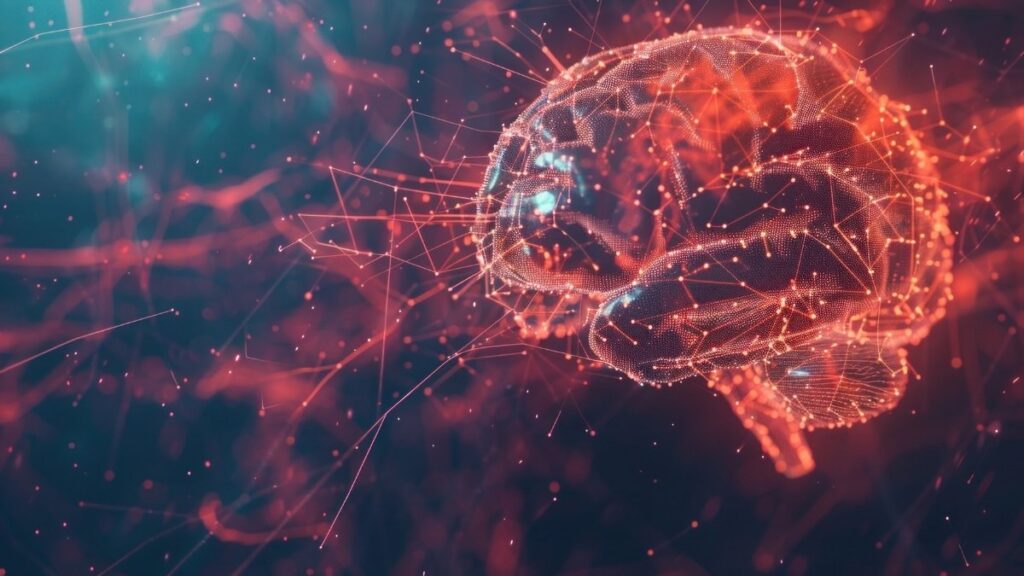
After decades of hesitation following the early 2000s Women’s Health Initiative study, estrogen therapy is making a resurgence, supported by nuanced data distinguishing risk profiles based on age and delivery method.
Cognitive Connection: The conversation has shifted from merely treating hot flashes to protecting the brain. “Brain fog” is now recognized as a core neurological symptom of estrogen withdrawal.
By 2030, the postmenopausal population will exceed one billion, creating immense demand for therapies that preserve cognitive function and quality of life.
Delivery Innovation: The market is seeing a proliferation of transdermal patches, gels, and low-dose formulations that bypass the liver, mitigating clotting risks associated with older oral therapies.
This aligns with the “Healthy Hormones” trend, where balancing cortisol and optimizing sex hormones are seen as vital for energy and libido preservation.
4. Sleep Architecture and Circadian Optimization

Sleep is prioritized in 2025 as the foundation of neurodegenerative prevention. The older adult population faces specific challenges, including fragmented sleep and circadian misalignment.
Technological Interventions: The focus is on “sleep architecture”—ensuring sufficient deep and REM sleep cycles. Smart beds and non-wearable sleep trackers (like near-field sensing mats) provide data without the discomfort of wearing a device.
This data is increasingly used to adjust environmental factors, such as room temperature and lighting, to entrain the circadian rhythm.
Behavioral Protocols: Beyond gadgets, there is a return to behavioral basics: light exposure protocols (morning sunlight), caffeine curfews, and thermal regulation.
The understanding that sleep cleanses the brain of beta-amyloid toxins (via the glymphatic system) has made sleep hygiene a non-negotiable aspect of senior wellness.
The Technological Ecosystem (The Tools)
🛡️ The “Family Firewall” Protocol: Stopping AI Scams
Technology in 2025 has matured from “gadgets for geeks” to essential infrastructure for aging. The “digital divide” is narrowing, with 70% of adults over 50 reporting comfort with aging-in-place technology.
The defining characteristic of AgeTech in 2025 is the transition from reactive monitoring (alerting after a fall) to predictive analytics (identifying the risk before the fall).
1. Wearables 2.0: The Digital Clinical Assistant
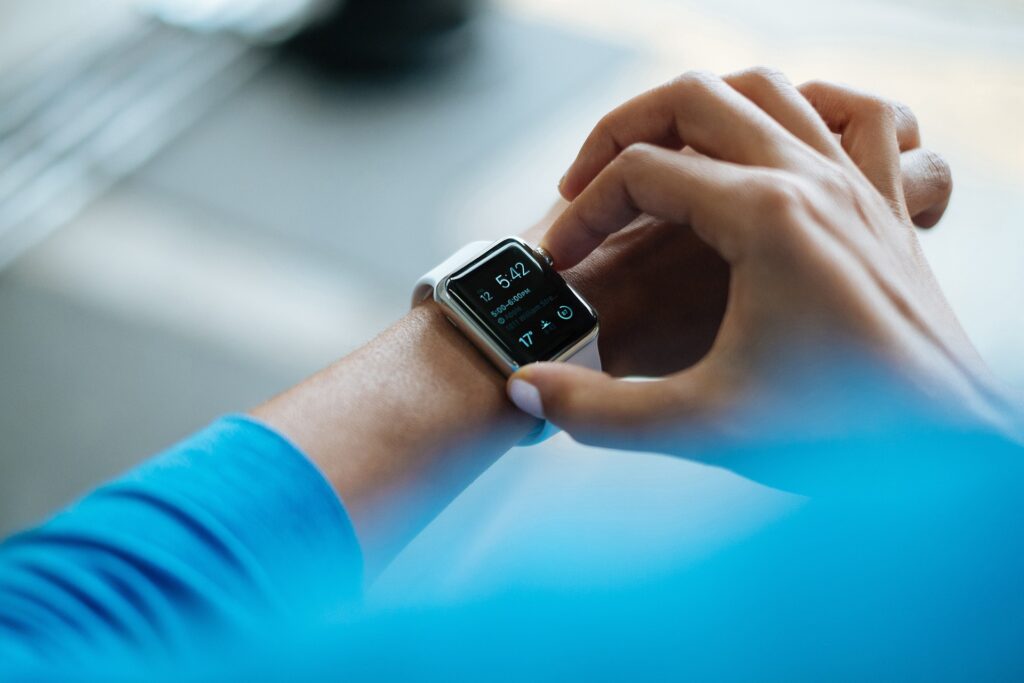
Wearable technology has achieved significant penetration, with adoption rates among the 55+ demographic projecting toward 50%.
The form factors have evolved; while wrist-worn devices remain dominant, smart rings and “hearables” (smart hearing aids) are gaining traction due to their unobtrusiveness and improved battery life.
The Era of the “Digital Twin”
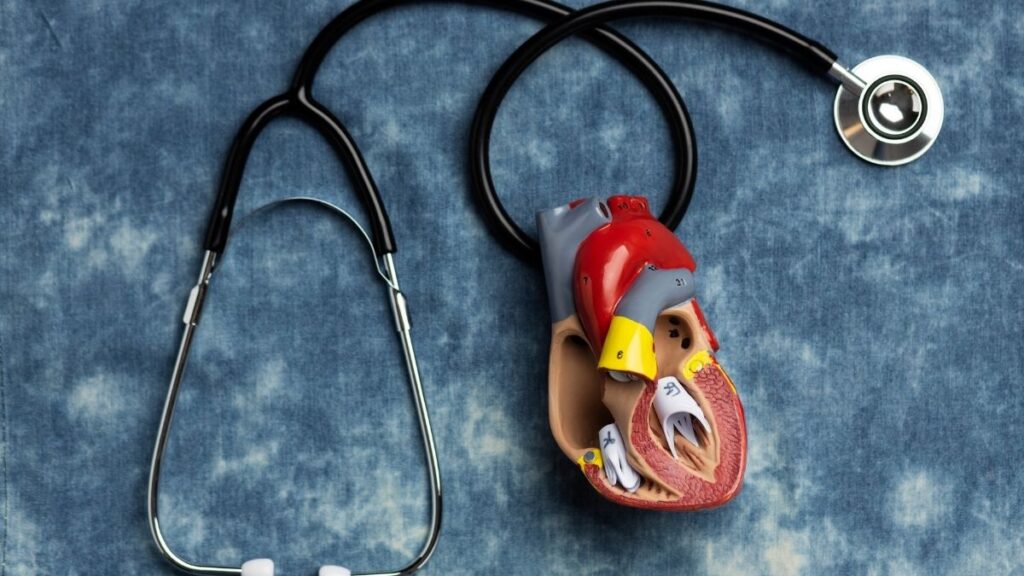
The most profound advancement is the integration of wearable data into the healthcare system to create a “digital twin”—a virtual representation of the patient’s physiological state.
Cardiovascular Vigilance: Devices now routinely offer ECG monitoring and atrial fibrillation detection. In seniors, this continuous surveillance is critical for stroke prevention, catching intermittent arrhythmias that a standard clinical EKG might miss.
Predictive Fall Prevention: Utilizing accelerometers and gyroscopes, modern wearables analyze gait velocity, stride length, and postural sway. Machine learning algorithms process this data to assign a “fall risk score,” alerting the user or caregiver to deteriorating stability days or weeks before a catastrophic event occurs.
Adoption Drivers: The primary driver for adoption is safety and independence. AARP research indicates that 80% of older Americans utilize tech to remain in their homes. The barrier to entry is no longer utility but cost and data privacy concerns.
Hearables as Health Monitors
Hearing aids have morphed into multifunctional health devices. In 2025, they serve as activity trackers, fall detectors, and cognitive assistants. By augmenting audio, they reduce the “cognitive load” required to process speech, which is directly linked to preserving cognitive function and delaying dementia onset.
2. Ambient Intelligence and the Smart Home

For seniors resistant to wearing devices, the “Smart Home” offers a passive safety net. The Internet of Medical Things (IoMT) utilizes a mesh of sensors to monitor behavior patterns without cameras or microphones, preserving dignity while ensuring safety.
Behavioral Anomaly Detection: AI analyzes patterns of daily living. If a senior who typically makes coffee at 7:00 AM and opens the fridge three times by noon suddenly stops this routine, the system flags an anomaly. This can indicate anything from a fall to the onset of a depressive episode or a UTI-induced confusion.
Telemedicine Integration: These home systems often integrate with telemedicine platforms. An AI-driven “Digital Twin” telemedicine system tested in China demonstrated significant improvements in blood pressure and glucose control by providing real-time feedback and reducing health anxiety among elderly users.
The AI Resistance Factor: Despite the benefits, resistance remains. Research suggests that older adults’ hesitation to adopt AI monitoring is often emotional rather than functional—stemming from a fear of losing autonomy or being “watched.” Successful implementation in 2025 requires framing these tools as “independence enablers” rather than “surveillance monitors”.
3. The Virtual Care Revolution

Telehealth has evolved from a pandemic necessity to a standard modality of geriatric care. The expiration or extension of Medicare telehealth flexibilities remains a critical policy focal point, but the clinical value is established.
Chronic Disease Management: Remote Patient Monitoring (RPM) allows for the daily management of hypertension, diabetes, and heart failure. Bluetooth-enabled cuffs and glucometers transmit data automatically, allowing care teams to intervene based on trends rather than waiting for an acute crisis.
Mental Health Access: Telemedicine has democratized access to mental health services for seniors with mobility limitations. It is a primary vehicle for delivering cognitive behavioral therapy (CBT) and social support, bridging the gap in geriatric psychiatric care.
The Social and Emotional Determinants (The Mind & Community)
In 2025, the definition of “health” has expanded to include social connection as a clinical vital sign. The medical community now treats loneliness with the same urgency as hypertension, recognizing it as a condition that doubles the risk of mortality in older populations.
1. Social Prescribing: From Pilot to Policy
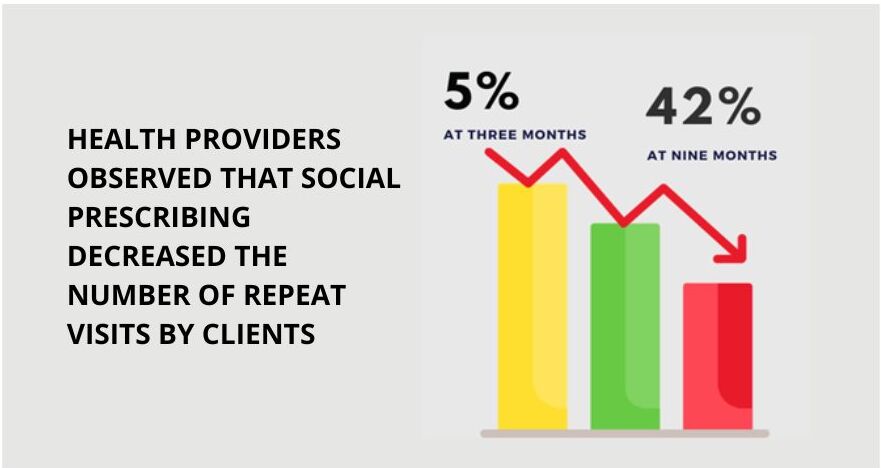
“Social prescribing” has moved from a niche concept to a central pillar of geriatric care. It involves healthcare providers referring patients to non-clinical community resources to address the Social Determinants of Health (SDOH).
The US Roadmap: While the UK and Canada pioneered this model, the US is catching up in 2025. Organizations like Social Prescribing USA are driving a national framework, aiming for universal access by 2035.
Major health systems and universities (e.g., Stanford, Kaiser Permanente) are running pilots to quantify the cost savings associated with reduced hospital admissions.
Arts and Culture on Prescription: Programs like “CultureRx” in Massachusetts allow doctors to “prescribe” visits to museums or participation in arts programs. Evidence shows these interventions lower cortisol, improve mood, and enhance social cohesion.
Green Prescriptions: “Park Rx” and “Walk with a Doc” programs leverage the synergistic benefits of physical activity and nature exposure. These low-cost interventions are proven to reduce blood pressure and combat the psychological effects of isolation.
2. The Purpose Economy and Intergenerational Connection
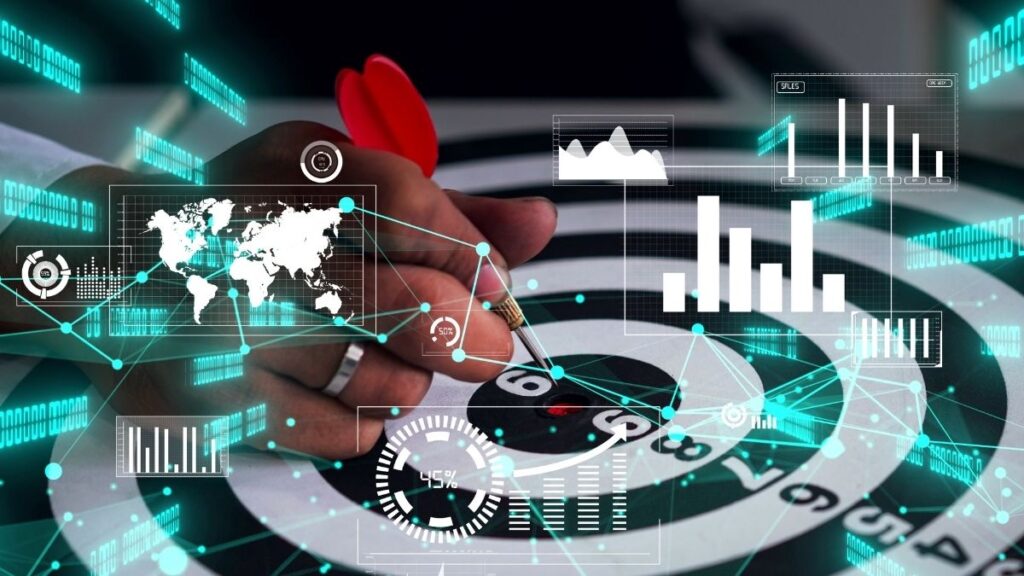
Retirement in 2025 is being reimagined not as a cessation of work, but as a shift in purpose. The “Purpose Economy” values the contributions of older adults, integrating them into the fabric of community life.
Volunteerism as Health Strategy: Volunteer rates among seniors have risen significantly. Programs that engage seniors in tutoring or mentoring (intergenerational connection) provide a “double dose” of benefit: aid to the community and a sense of worth for the senior, which is protective against cognitive decline.
Workplace Wellness for the 50+: With the workforce aging, employers are recognizing the need to support older employees. Benefits now include menopause support, caregiver leave, and brain health initiatives. However, a gap remains: while 42% of workers have access to wellness programs, utilization is low, suggesting a need for better cultural integration of these benefits.
3. Mental Health: The “Positive Psychiatry” Approach

The narrative around senior mental health is shifting from a deficit model (treating depression/dementia) to a “positive psychiatry” model (building resilience and wisdom).
Combating the “Invisible” Epidemic: Despite improvements, depression remains a significant issue, with rates rising in certain states. The focus in 2025 is on early detection and destigmatizing treatment. “Mental health fitness” is a growing keyword, framing therapy as a strength-building exercise rather than a crisis intervention.
Cognitive Resilience: Activities that challenge the brain—learning a new language, engaging in complex strategy games, or acquiring digital skills—are promoted not just as hobbies, but as neuroprotective interventions. The “Use it or Lose it” principle is applied to neural plasticity with rigorous intent.
The Shadow Economy (What’s a Scam?)
The digitization of the senior experience has a dark mirror. As seniors move their lives online, they enter a “threat landscape” populated by sophisticated actors utilizing AI and psychological manipulation. The FBI and FTC report billions in annual losses, with the sophistication of these crimes escalating rapidly in 2025.
1. The Weaponization of AI: Voice Cloning and Deepfakes
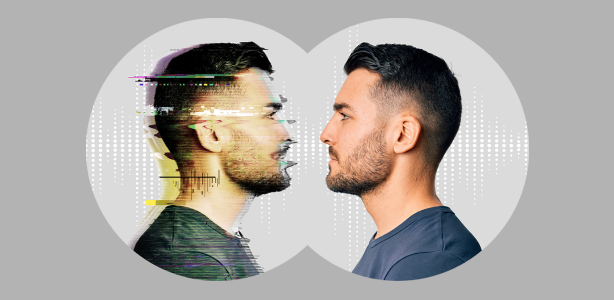
The most visceral threat in 2025 is the AI-enhanced “Grandparent Scam.” This is no longer a static script read by a stranger; it is a dynamic, personalized attack.
The Mechanism: Scammers harvest short audio clips from a grandchild’s social media (TikTok, Instagram). Generative AI tools clone the voice, capturing tone, cadence, and even emotional inflection.
The Attack: The senior receives a call from this cloned voice. The narrative is always a crisis—an arrest, a kidnapping, or an accident. The AI voice pleads for help, often begging, “Don’t tell Mom and Dad.” The phone is then handed to a “lawyer” or “police officer” (the scammer) who demands immediate payment.
Psychological Warfare: This scam hacks the “limbic system,” triggering a fight-or-flight response that bypasses logical critical thinking. The use of deepfake technology makes the deception visceral and terrifyingly real.
2. The “Phantom Hacker” and Financial Draining

Targeting the life savings of the affluent senior, the “Phantom Hacker” scam is a multi-stage social engineering attack that plays on the fear of financial loss.
Phase 1 – Tech Support: A pop-up or email warns of a computer virus. The senior calls a support number and is told their computer is compromised.
Phase 2 – Financial Impersonation: A “bank fraud department” representative calls, claiming the “hackers” are trying to drain the senior’s accounts. They instruct the victim to move their money to a “safe” third-party account (controlled by the scammer) to “protect” it.
Phase 3 – Government Authority: To seal the trap, a fake FBI or Federal Reserve agent joins the call to “verify” the operation. This layering of authority figures creates a convincing reality for the victim, often resulting in the loss of entire retirement portfolios.
3. Healthcare Fraud: The Genetic Testing Trap
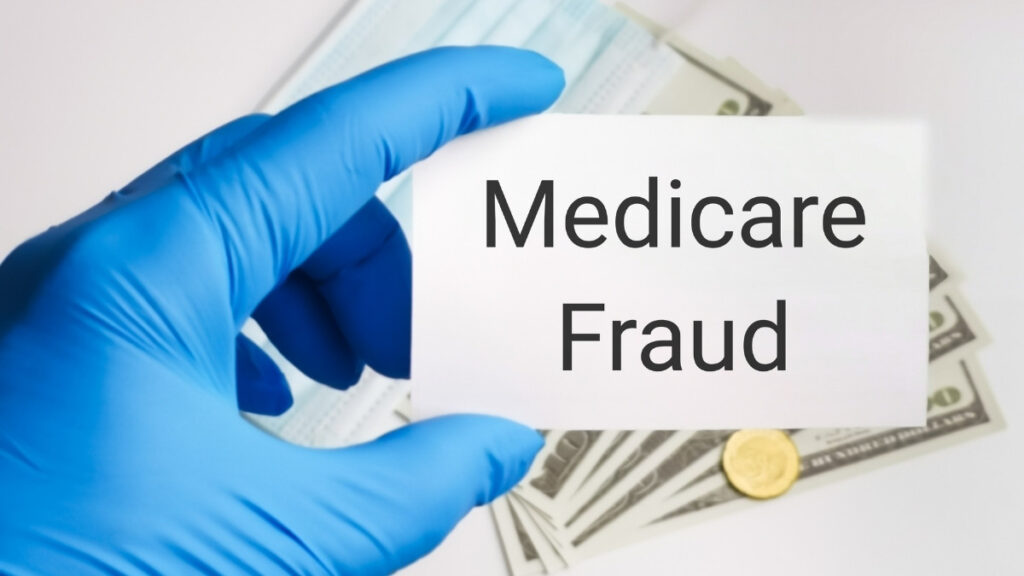
With the rise of personalized medicine comes the rise of personalized fraud. Scammers exploit the complexity of genetic science to bill Medicare for billions.
The Setup: Scammers set up booths at health fairs or call seniors offering “free” genetic testing for cancer risks or drug interactions. They use fear (“Don’t you want to know your cancer risk?”) to obtain the senior’s Medicare number and a cheek swab.
The “Teledoc” Loophole: They utilize complicit telemedicine doctors—whom the senior has never met—to sign off on the medical necessity of these tests.
The Impact: Medicare is billed thousands of dollars for useless tests. While the senior may not pay out of pocket, their benefits are drained, and their medical record is cluttered with fraudulent data, potentially leading to the denial of legitimate claims later.
4. The “Mitolyn” Effect: The Supplement and Longevity Trap
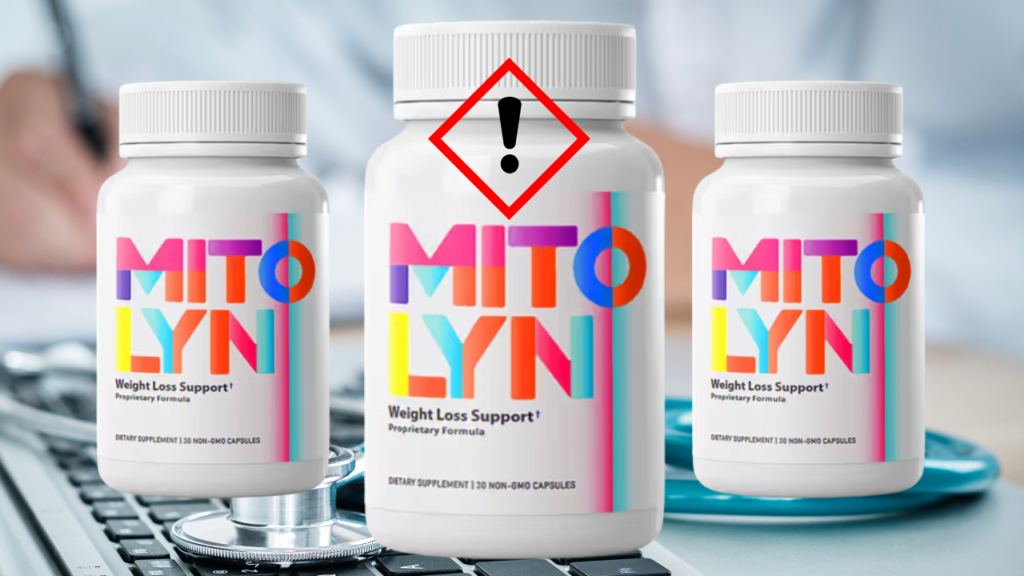
The legitimate excitement around longevity science (e.g., NAD+, biomarkers) has birthed a marketplace of counterfeits.
Deepfake Endorsements: Scammers use AI to create videos of trusted figures (e.g., Dr. Sanjay Gupta, Oprah, or even Elon Musk) endorsing specific supplements. These videos are lip-synced perfection, circulating on Facebook and YouTube to drive sales of dubious pills like “Mitolyn” or “CBD Gummies”.
Subscription Traps: These products are often sold via “free trials” that lock the user into expensive, hard-to-cancel monthly subscriptions.
Safety Risks: Beyond the financial loss, these unregulated supplements pose severe health risks. FDA analyses frequently find hidden pharmaceutical ingredients (like Sibutramine) in “natural” products, presenting dangerous contraindications for seniors on heart medication.
Market Dynamics and Strategic Implications
For industry stakeholders—from healthcare providers to insurers and policymakers—understanding the macro-trends of 2025 is essential for effective service delivery.
1. The Silver Economy and the “Trust Gap”

The “Silver Economy” is not a monolith. Marketing to the 2025 senior requires nuance.
Diverse Demographics: The “senior” category spans 40 years (55 to 95+), encompassing active workers, “skip-gen” travelers (grandparents traveling with grandkids), and those in assisted living. Marketing strategies that rely on stereotypes of frailty fail to resonate with the “Active Ager”.
The Trust Deficit: There is a widening “Trust Gap” in personalized health. While seniors crave personalized advice, they are increasingly skeptical of digital platforms due to the prevalence of scams. Winning trust in 2025 requires transparency, human validation, and robust data security.
2. Policy and Payment Reform
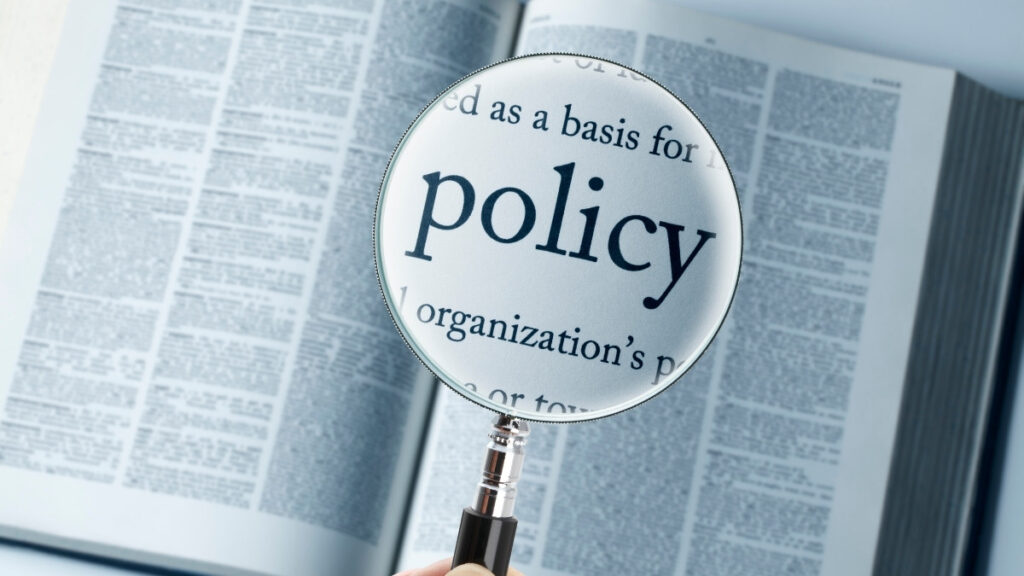
The regulatory landscape is shifting to support preventive care, but financial pressures remain.
CMS Adjustments: The Centers for Medicare & Medicaid Services (CMS) continue to adjust payment models. For 2025, a modest increase in aggregate payments was settled upon after pushback against proposed cuts. This highlights the financial fragility of the senior care sector amidst rising operational costs.
Cost of Care: With average senior living costs rising to $68,000 annually, the pressure on families is immense. This economic reality drives the demand for AgeTech and home-based care solutions that can delay the transition to expensive institutional care.
3. Digital Literacy as a Social Determinant of Health

In 2025, the ability to navigate the digital world is a health determinant. Seniors with low digital literacy are excluded from the benefits of telehealth, online social prescribing, and competitive pricing, while being disproportionately exposed to fraud.
Educational Mandate: Successful organizations are those that bundle their services with education. Providing a tablet is insufficient; providing the training to use it safely is the new standard of care. Community centers and libraries play a pivotal role in this “digital inclusion” work.
Strategic Defense and Navigation (The Solution)
Distinguishing Medicine from Marketing
To navigate the 2025 landscape safely, seniors and their caregivers must adopt a proactive “Defense in Depth” strategy. This involves a combination of behavioral protocols, technological safeguards, and skepticism.
1. Behavioral Protocols: The Family Firewall

The Safe Word: Every family should establish a “Safe Word.” If a call comes in from a distressed relative, the recipient asks for the word. If the caller (even if they sound exactly like the grandchild) cannot provide it, it is a scam. This low-tech solution defeats high-tech voice cloning.
The “Verify” Pause: In any situation involving urgency—whether a bank alert or a medical offer—the protocol is to pause. Hang up. Call the verified number on the back of the credit card or the official Medicare line. Never use the number provided in the text or call.
3. Technological Hardening

Lock Down Social Media: To defeat voice cloning, audio samples must be unavailable. Seniors should set profiles to private and restrict visibility of friend lists to prevent scammers from mapping their family tree.
Two-Factor Authentication (2FA): Enabling 2FA on all financial and medical accounts is non-negotiable. Where possible, use biometric 2FA (fingerprint/face ID) rather than SMS codes, which are susceptible to SIM swapping.
Conclusion: The Empowered Senior in 2025
The trajectory of senior wellness in 2025 is overwhelmingly positive, provided one navigates the ecosystem with vigilance. The integration of functional fitness, social prescribing, and predictive AgeTech offers a roadmap for aging that is more connected, active, and biologically resilient than ever before.
However, this progress is shadowed by the sophistication of modern fraud. The digitization of identity and the democratization of AI tools have created a predator-prey dynamic that requires active defense. The “wellness” of a senior in 2025 is measured not just by their blood pressure or mobility, but by their resilience against manipulation.
To “age well” in 2025 requires a dual strategy: embracing the legitimate innovations that enhance life while maintaining a fortress of skepticism against the solicitations that threaten to exploit it. The future of aging is bright, but it must be approached with eyes wide open.

